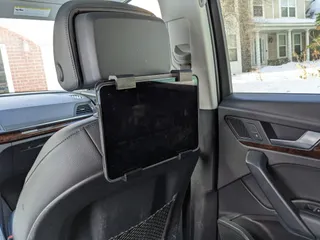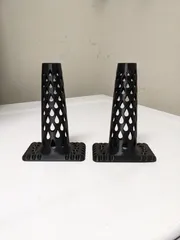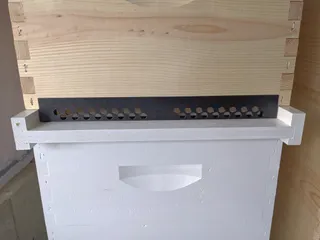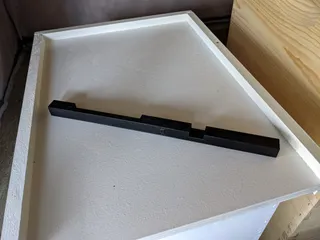Interlocking Cubes Fidget ("3D Fabric")
Description
PDFOverview
This is a 3D array of interlocking cubes that has some really interesting properties and a unique feel when you handle it. The larger cubes are very loosely linked and almost seem to “flow” in your hand, especially for the larger 4x4x4 and 5x5x5 arrays.
When finished printing just remove the brim, snap off the extra “legs”, and separate the individual cubes.
Design features & separating the cubes
I designed it to print without supports using a couple of key features…
First, some of the cubes have raised ribs in the corners that are arranged perpendicular to each other on the top and bottom surfaces so that when two cubes are printed on top of each other they only contact at a few discrete points making it easier to separate them, as shown in the pictures below. You can either just bend or twist two connected cubes, or use a small flat blade to slide into the gap between them and then twist to break them apart.
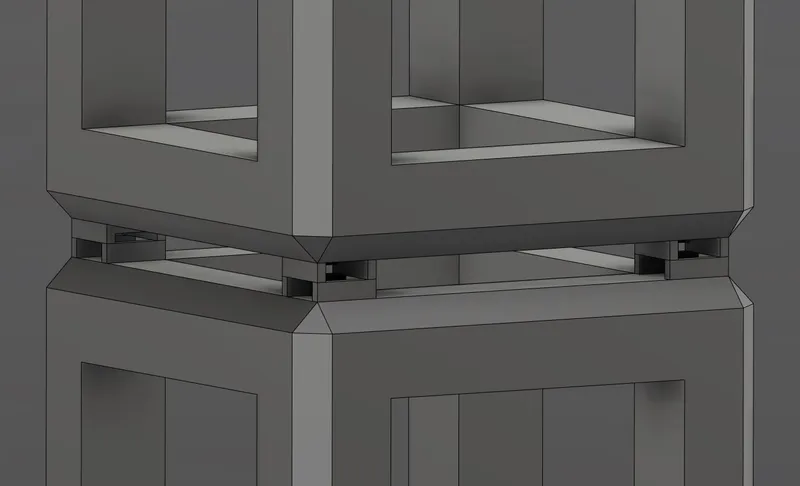
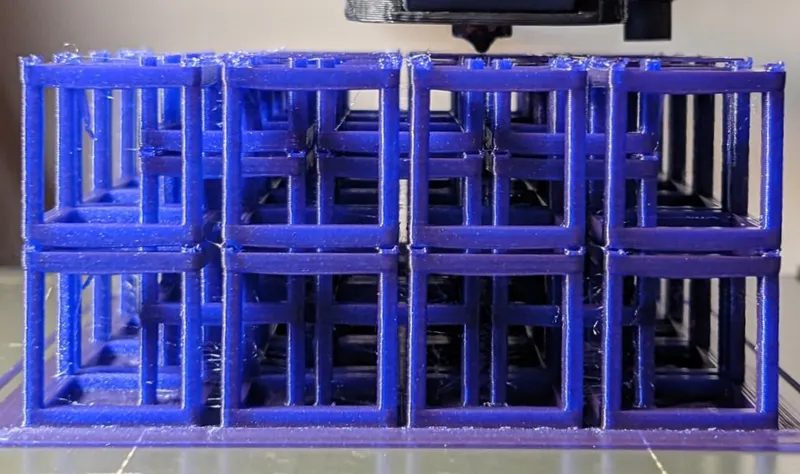
Second, the bottom layer of the center set of cubes that would normally start printing above the print plate have extended "legs" as supports. You will want to break these off to leave proper cubes. I found that a pair of tweezers is perfect to reach in and give them a slight bend until they snap off. The picture below is the bottom surface with most of the brim removed showing the individual “legs”.
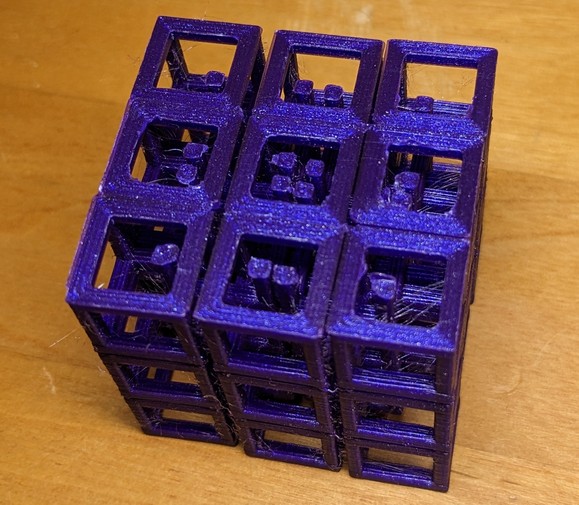
Printing tips
Be sure to add an inside and outside brim wide enough to touch the bottom of the "legs" otherwise they are likely to detach from the plate - 3mm brim width for the small and 5-6mm for the large generally work well. The brim does require some effort to remove after printing but it's worth it!
It's also a great stringing test(!) as there are so many thin towers, so make sure you having stringing under control. My best results were with PLA (Galaxy Purple) at 195C, with 0.2mm layer height.
The cube edges are 2mm thick, so you can scale everything up (or adjust in the f3d file) to make them stronger or to print better if needed. The legs will become a little harder to remove though.
Files
I've included stl files for 1x1x1 (single cube) all the way up to 5x5x5 for both small and large cube sizes (11mm and 19mm). You can use the 1x1x1 versions as quick test prints. There is an example 3mf file with my settings for temps, perimeters and brim for the large 3x3x3 version.
I've also included a parametric Fusion 360 file in which you can alter the number of cubes in the array, size of the cubes, edge thickness, amount of edge and corner chamfer, and a few other factors. If you change the number of cubes in the final design you may need to adjust the positioning of some of the layers in the final 3D patterned object because I couldn't figure out how to tell it to position objects relative to each other with the changing array size.
Tags
Model origin
The author marked this model as their own original creation.

